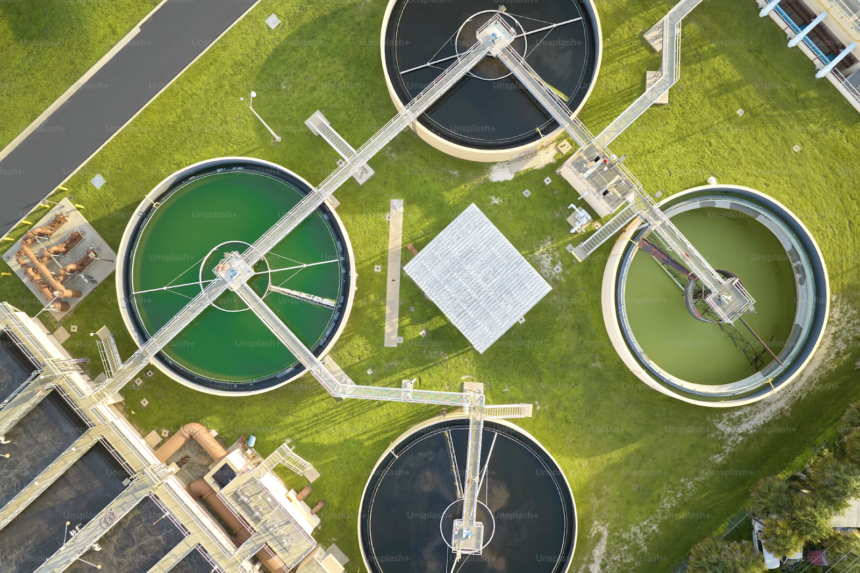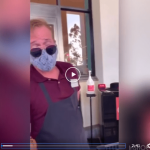Have you ever faced a sudden septic tank issue?
Knowing what to expect during an emergency septic tank pumping can ease your worries and help you stay prepared. Below, we’ll talk about what you should expect.
Don’t wait until it’s too late. Understanding the septic tank pumping process can save you time, money, and a lot of stress. Let’s get started.
Recognizing the Signs
It is important to know the signs that tell you there is a septic system emergency. One common sign is that your drains might be slow, or your toilets might not flush well.
If you notice bad smells around your home or in your yard, this could also mean there is an issue with your septic tank. Patches of extra green grass over the septic tank area can show a leak.
Another sign is water pooling in your yard, especially around the septic tank. If you see any of these signs, you may need emergency septic tank maintenance.
Calling the Professionals
When you see the signs of a septic tank problem, it is time to call the experts. Professional septic tank service companies are all trained to deal with these issues.
When you call them, they will ask you some questions about what you have noticed. Then, they will send a team to your home as quickly as they can.
The team will bring the right tools and a big truck to pump out the tank. They will make sure the problem gets fixed so you can use your drains and toilets again without any trouble.
Initial Inspection
When the septic team arrives, they will first check your septic tank and the area around it. They will look for signs of leaks, blockages, and other problems. The team will use special tools to see inside the tank.
They might also check the pipes leading to and from the tank. This helps them understand what caused the issue.
The inspection is important because it tells them what to do next. They want to make sure they fix the right problem.
Pumping Process
The pumping process starts when the team finds the problem. They will open the septic tank lid and put a big hose inside.
A truck connects to this hose and will suck out the waste. The team removes all waste from the tank. This helps keep the tank and pipes clear.
Pumping also stops bad smells and other problems. The team works quickly but carefully.
After pumping, they will close the lid and clean up the area. Your septic system should now work well again.
Post-Pumping Maintenance
After the pumping, septic tank maintenance is very important. Avoid flushing harmful items, such as wipes or grease, down the toilet or sink.
Have your septic tank checked and pumped regularly by professionals. This keeps the system running smoothly.
Keep the area around the septic tank clear of heavy items and vehicles, as weight can damage the tank. Regular care helps prevent future problems and makes sure your septic system lasts a long time.
Know What to Expect During Emergency Septic Tank Pumping
Understanding emergency septic tank pumping is crucial. When faced with a sudden problem, knowing what to expect can help you remain calm and prepared.
By acting quickly and staying informed, you can avoid bigger issues. Remember, regular maintenance is key to preventing emergencies. If you detect any warning signs, don’t hesitate to call in the professionals immediately.
We hope you found this article helpful. Keep reading our blog for more helpful tips and advice.















